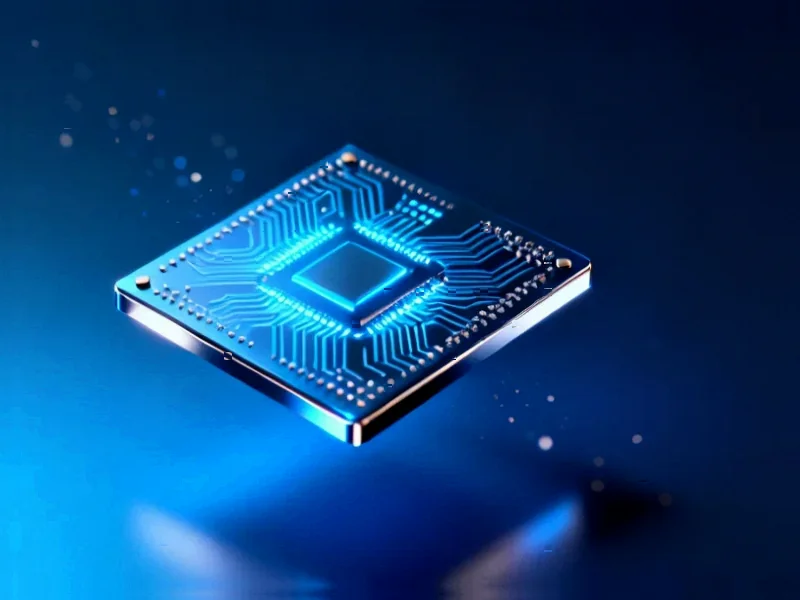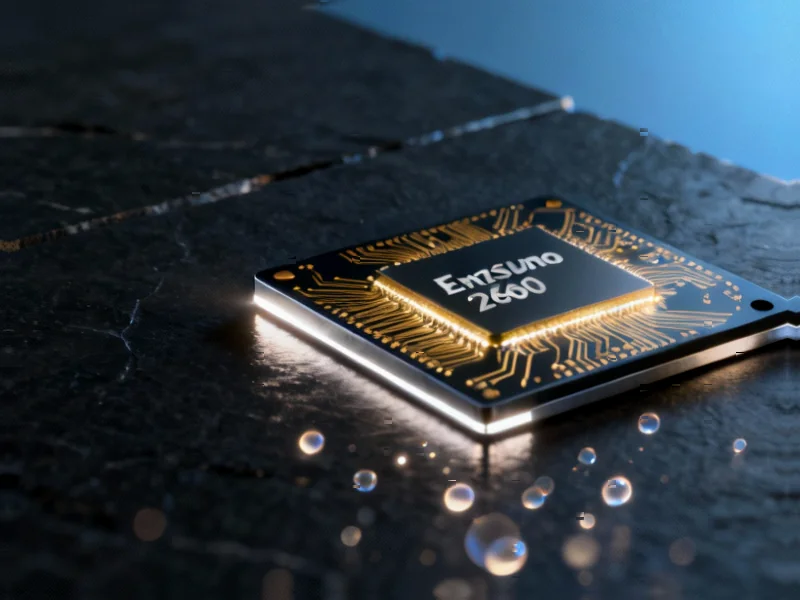Introduction: A New Challenger Enters the Arena
The mixed reality landscape has just welcomed a formidable new competitor. With the official unveiling of the Samsung Galaxy XR, consumers now have a powerful, high-fidelity alternative to the established Apple Vision Pro M5. This isn’t just another headset; it’s a statement of intent from the Android ecosystem, promising a blend of premium specs, intelligent software, and a significantly more accessible price point. This comprehensive analysis breaks down how these two technological titans measure up.
Table of Contents
- Introduction: A New Challenger Enters the Arena
- Under the Hood: Processing Power and Core Architecture
- Visual Fidelity: A Pixel-Peeker’s Paradise
- Design and Comfort: The Weight of Immersion
- Battery Life and Sensors: Powering Your Reality
- The AI and Connectivity Edge
- The Bottom Line: Value Proposition and Target Audience
Under the Hood: Processing Power and Core Architecture
At the heart of the Galaxy XR lies the Qualcomm Snapdragon XR2+ Gen 2 processor, paired with a robust 16GB of RAM and 256GB of storage. This chipset is specifically engineered for high-performance spatial computing, handling complex environments and multitasking with ease. It runs on Android XR, a collaborative operating system from Samsung, Google, and Qualcomm, which boasts support for nearly the entire Android app library., according to industry experts
Apple’s offering, the Vision Pro M5, is powered by its proprietary M5 chip, continuing the company‘s tradition of vertical integration for optimized performance and efficiency. While Apple’s ecosystem is renowned for its seamless app integration, Samsung’s open-approach with Android XR offers a different kind of flexibility, potentially granting users a wider initial selection of applications.
Visual Fidelity: A Pixel-Peeker’s Paradise
Where the Galaxy XR makes a significant mark is in its display technology. It features dual Micro-OLED displays, each with a resolution of 3,552 by 3,840, culminating in a staggering 27 million pixels. This gives it a slight but notable edge over the Apple Vision Pro’s already impressive 23-million-pixel display.
Color accuracy is another strong suit for Samsung, with a 95% DCI-P3 color gamut coverage. Where Apple pulls ahead in fluidity is with its 120Hz refresh rate, compared to the Galaxy XR’s support for 60Hz, 72Hz, and 90Hz. The choice here is between the absolute pinnacle of smooth motion (Apple) and the highest pixel density in a consumer headset (Samsung)., according to industry experts
Design and Comfort: The Weight of Immersion
Comfort is paramount in extended reality sessions, and Samsung has taken a strategic approach. The Galaxy XR’s visor weighs 545 grams, with an external battery adding another 302 grams. This modular design contrasts sharply with Apple’s integrated approach, where the headset itself is close to 800 grams with a 353-gram battery., according to technological advances
By separating the battery, Samsung has created a noticeably lighter device to wear on the head, which the company claims reduces fatigue and allows for longer, more comfortable use. This is a tangible, user-centric advantage for productivity or entertainment marathons.
Battery Life and Sensors: Powering Your Reality
Samsung promises up to two hours of standard mixed use or two and a half hours of video playback on a single charge. A key feature is the ability to use the headset while it’s plugged in, effectively offering unlimited runtime for stationary experiences. Apple’s Vision Pro M5 offers a longer runtime for video playback, clocking in at up to three hours.
On the sensor front, the Galaxy XR is equipped with a formidable array: six world-facing cameras, four for eye-tracking, and a pair of 6.5MP capture lenses for recording 3D scenes. The eye-tracking serves a dual purpose, also functioning as an iris-based authentication system for unlocking apps and secure payments—a direct parallel to Apple’s Optic ID. While Apple includes LiDAR for precise spatial mapping, Samsung counters with deeper AI integration.
The AI and Connectivity Edge
This is where the Galaxy XR’s partnership with Google truly shines. The integration of Google’s Gemini AI provides a suite of intelligent features accessible by voice or gesture. Users can get real-time translation, navigate with route instructions overlaid on the real world, and receive contextual mixed reality prompts. This level of ambient computing is a core differentiator.
Connectivity is top-tier, with support for the latest Wi-Fi 7 and Bluetooth 5.4 standards, ensuring fast data transfer and stable connections. The adjustable interpupillary distance range of 54-70mm also ensures a clear image for a wider range of users.
The Bottom Line: Value Proposition and Target Audience
The most striking difference is the price. With a tag of $1,799, the Samsung Galaxy XR is positioned as a considerably more affordable option, coming in at roughly half the cost of its Apple rival. This aggressive pricing does not come at the expense of core specs; in some areas, like raw display resolution and physical comfort, it even takes the lead., as additional insights
Your final decision hinges on your priorities. The Apple Vision Pro M5 is for those deeply invested in the Apple ecosystem who value the utmost in motion smoothness, specific pro-grade features like LiDAR, and longer untethered video playback.
The Samsung Galaxy XR is the choice for users seeking a lighter, more comfortable design, the highest-resolution display on the market, the flexible power of Google’s AI, and exceptional value for money. It represents the most compelling argument yet for a high-end, non-Apple mixed reality experience. For more detailed specifications, you can explore the official Samsung Galaxy XR product page.
Related Articles You May Find Interesting
- Wells Fargo Bets Big on Apple’s AI Future with Major Price Target Boost Ahead of
- Google’s Quantum Echoes Algorithm Bridges Theory and Practical NMR Applications
- Samsung Galaxy XR Challenges Apple Vision Pro with Lighter Design and Competitiv
- Google’s Quantum Echoes Break New Ground in Computational Chemistry and NMR Anal
- GE Vernova’s Market Dip Masks Strong Fundamentals and Strategic Growth Moves
References & Further Reading
This article draws from multiple authoritative sources. For more information, please consult:
- https://news.samsung.com/global/introducing-galaxy-xr-opening-new-worlds
- https://www.samsung.com/us/xr/galaxy-xr/galaxy-xr/
This article aggregates information from publicly available sources. All trademarks and copyrights belong to their respective owners.
Note: Featured image is for illustrative purposes only and does not represent any specific product, service, or entity mentioned in this article.



